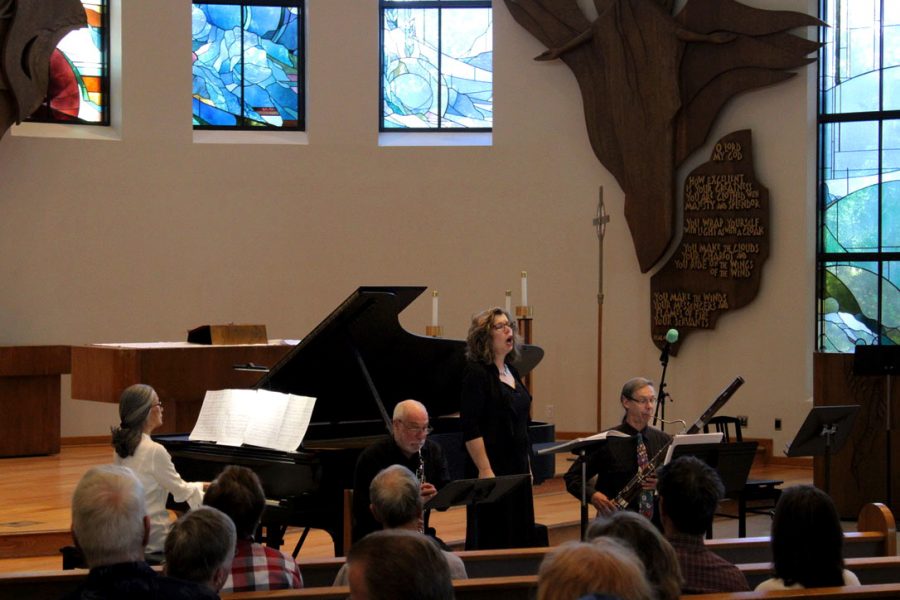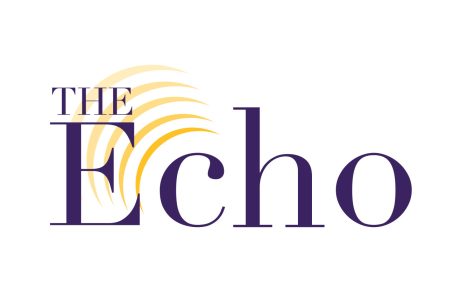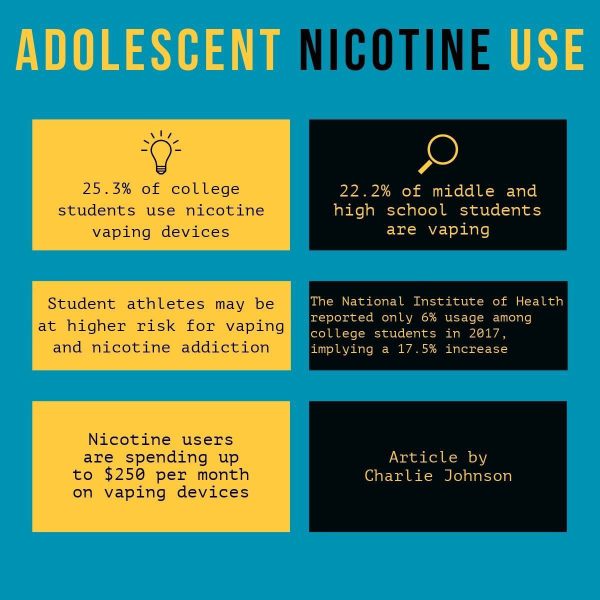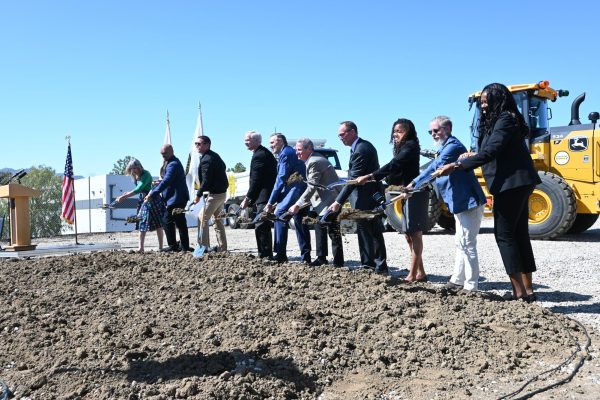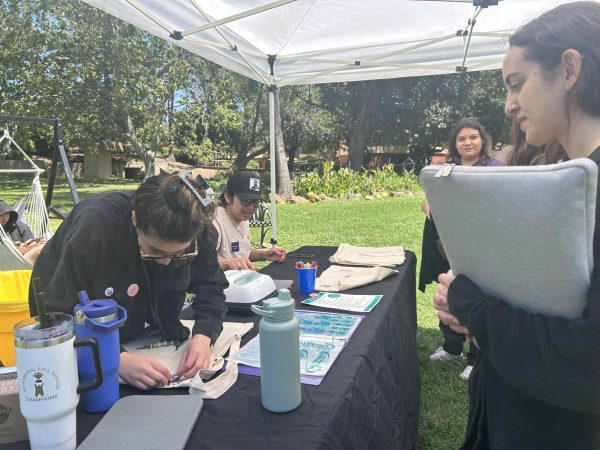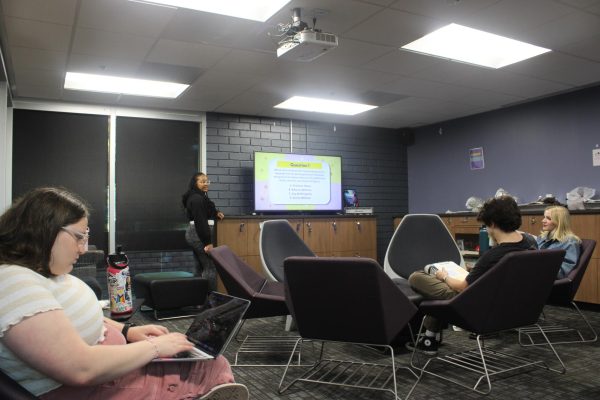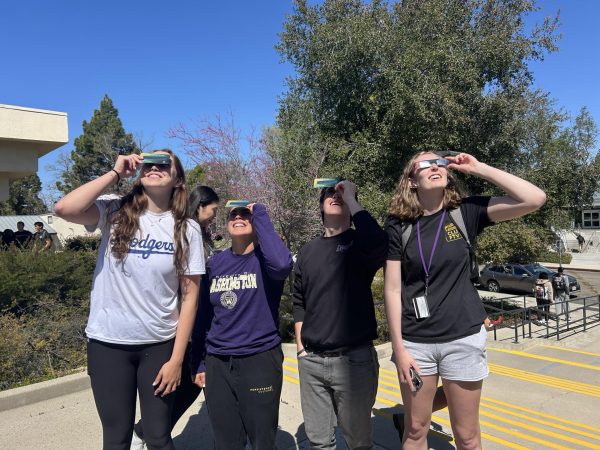Peace in Concert
Photo by Isabella Breda- Editor in Chief
Bringing people together: Cal Lutheran Faculty and Thousand Oaks locals perform classical music in Samuelson Chapel during Peace in Concert, Saturday, Feb. 1.
February 4, 2020
Listeners worldwide—whether on a military base, in the hospital or the comfort of their own home—tuned into the international concert series, Peace in Concert, performed in Samuelson Chapel Saturday, Feb. 1.
“Many feel fear from the current tragedies and conflicts, shootings, the politics, and people are so angry,” said Tomiko Taylor, Thousand Oaks Music Therapist and pianist. “I said, I just want to wrap the earth with nice music.”
Peace in Concert is a series of concerts performed across the globe and live streamed online. Japan began the lineup Jan. 30 at 3 p.m., followed by England at 6 a.m., Germany at 7 a.m., Los Angeles at 10 p.m. and Mexico at midnight Jan. 31.
Thousand Oaks began the concert lineup Feb. 1 followed by Mexico at 5 p.m., then Feb. 2 in Japan 8 a.m., England 11 a.m., finishing in Germany at noon.
Several California Lutheran University music faculty including Fred Beerstein, oboe, Eric Johnson-Tamai, bassoon, and Dana Rouse, mezzo soprano, took the stage to share their talents with the global audience.
“I think through music—it’s a way to recognize each other’s humanity,” Beerstein said. “Music has an honest quality, it’s on the emotional level, it’s very cooperative, one person makes an expression and the next plays off that same comment.”
Cal Lutheran faculty were joined by local musicians John Far, cello, Alexander Michael Tseitlin, violin, Chris DeKlotz, piano and Tomiko Taylor, piano, to perform songs ranging from Bach’s “Qui Sedes” and “Mass in b-minor” to the Beatles “Imagine.”
Beerstein said he applies Peace in Concert’s concepts of unity, peace and nonverbal communication through music to his instruction at Cal Lutheran.
“I’ve learned music has a sense of emotion,” Race Takeyo Naito, Cal Lutheran sophomore oboe student said. “When playing, you’re conveying a sort of sense of creative bond between [people and] music itself.”
When first envisioning the international concert in 2015, Taylor said she hoped to create a platform to unite people of all backgrounds, to ease suffering and use the digital platform to increase access for those who could not leave their place of residents to physically attend a concert.
“I studied the science of relationships in college,” Taylor said. “When depressed, people’s minds spiral inside and it can feel tight—but music doesn’t need to be explained, you just become relaxed—it’s beautiful really.”
The international concert series began with only the U.S. and Japan in 2015 and now includes parts of Europe and Mexico. Taylor said she hopes to continue to connect musicians across the globe.
Data analytics collected from Peace in Concert live streams have identified users from small islands in the Pacific Ocean, across North America and beyond.
Though the concert is built on the premise of music therapy, it has multiple philanthropic aims including supporting victims of tragedies both locally and globally. After the Woolsey and Hill Fires and shooting at Borderline Bar & Grill, the performers used their platform to ask for donations to support the local community.
Taylor said she hopes to increase the visibility of the annual concert series going forward and direct fundraising efforts to new causes.
“It’s about working together for the sake of civilization and the world upon which the music rests,” Beerstein said. “Maybe this is what lends to creating world peace.”

